Important news
Cefuroxime and alcohol, just go! In addition to Cefuroxime, these 5 medicines should not be taken wi
In the trivial daily life, we often overlook some seemingly insignificant details, but we don’t know that these details may be closely related to our health. Take Brother Wu’s experience as an example. It was just a common cold, but it almost caused a disaster. It made us deeply aware of the unknown "dangerous relationship" between drugs, alcohol and food.
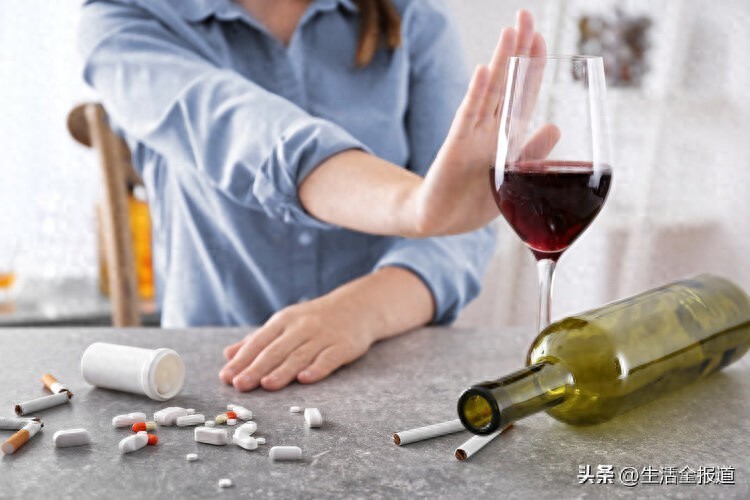
Last week, the weather turned cooler, and Brother Wu was caught by a cold. At first, he relied on his good health and thought that he could get over this minor cold with his own resistance. So, he went to work and ate as usual, but drank more hot water, thinking that sweating would make him better. However, colds are not so easy to get rid of. The next day, Brother Wu's symptoms not only did not get better, but became more serious. His headache felt like it was going to split, his throat was so swollen and painful that even swallowing saliva hurt, and he became drowsy and had no strength at all. Now, Brother Wu didn't dare to hold on any longer, and hurried to a clinic near his home.
The clinic was bustling with people, and filled with the smell of disinfectant. Brother Wu sat on the waiting chair, looking at the people around him who were also suffering from illness, and silently prayed that he would get better soon. Finally, it was his turn. The doctor asked about his symptoms and medical history in detail, and gave him a simple examination. Finally, he decided to give him an infusion treatment, which used cephalosporins. While the infusion was infused, Brother Wu watched the medicine drip into his body drop by drop with boredom, thinking that he should be almost well after the infusion.
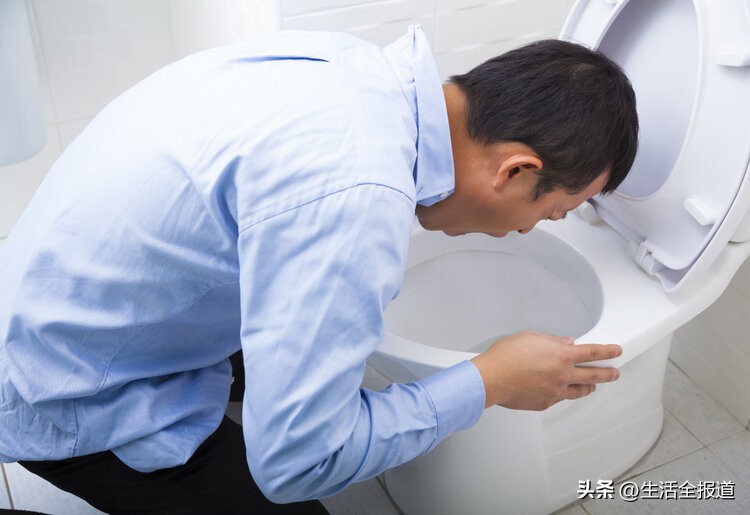
After the infusion, Brother Wu felt better than before and went home to rest. The next day, his cell phone rang. It was a call from a friend he hadn't seen for a long time. "Brother, we haven't been together for a long time. Let's have dinner and drink some wine tonight!" The enthusiastic voice of the friend came from the other end of the phone. Brother Wu was moved and wanted to refuse, but then he thought that it had been more than 30 hours since the infusion, and the drug must have been metabolized long ago, so it should be okay to drink some wine. And he really missed the time spent with friends, so he agreed to his friend's invitation.
In the evening, Brother Wu arrived at the agreed restaurant. As soon as he entered, he saw his friends waiting for him in the private room. The table was filled with various delicious dishes, and the aroma was fragrant. After everyone met, they first exchanged greetings warmly, and then raised their glasses and drank happily. Brother Wu was no exception. He chatted with his friends while drinking. For a while, the private room was filled with laughter.
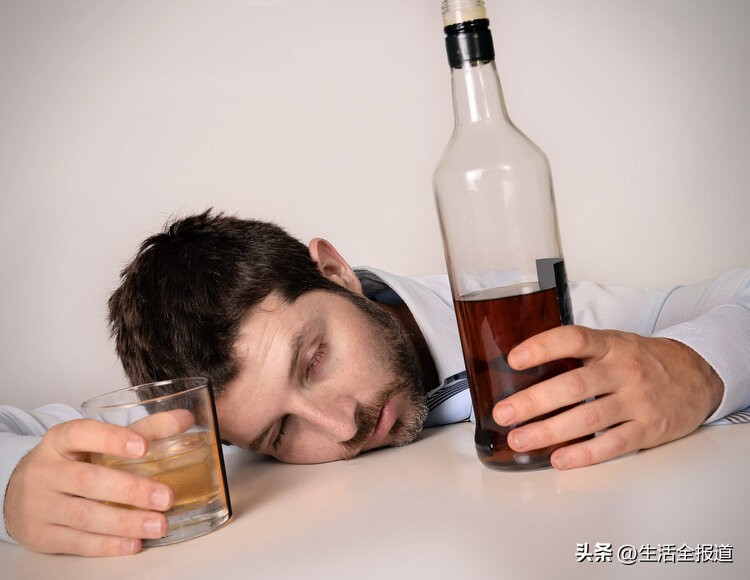
However, this joyful atmosphere did not last long. Not long after drinking, Brother Wu felt something was wrong. His head began to feel dizzy, as if something was pressing heavily on it, and it was difficult to lift it up. His chest was also very stuffy, as if a big stone was pressing on it, making it difficult for him to breathe. Then, his stomach churned, and he couldn't help but run to the bathroom and vomited. When his friends saw Brother Wu suddenly become like this, they were all shocked and quickly gathered around to ask what happened. But Brother Wu was so uncomfortable at this time that he couldn't speak, and could only shake his head in pain.
"Quick, call an ambulance!" A friend reacted and shouted hurriedly. Others also took out their mobile phones and dialed 120. Soon, the ambulance arrived, and the medical staff quickly lifted Brother Wu into the car and sent him to a nearby hospital.
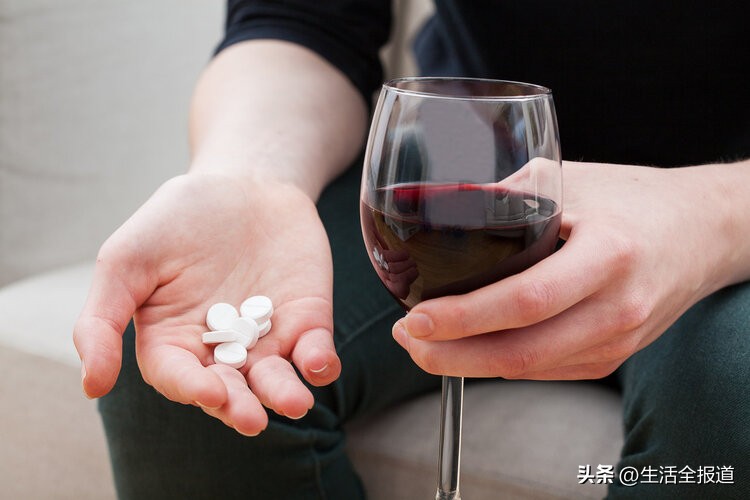
In the emergency room of the hospital, the doctors quickly examined Brother Wu. When measuring his blood pressure, the nurse frowned and said, "It's only 72 mmHg, too low!" The doctors asked about Brother Wu's condition and learned that he had received a ceftriaxone injection yesterday and drank alcohol today. They initially determined that he was suspected of having a disulfiram-like reaction.
When Wu's friends heard the unfamiliar term "disulfiram-like reaction", they were all bewildered. Wu was even more confused. He wondered why he had such a reaction when he had just drunk the alcohol more than a day ago.
1. Fatal reaction of “cephalosporin combined with alcohol”
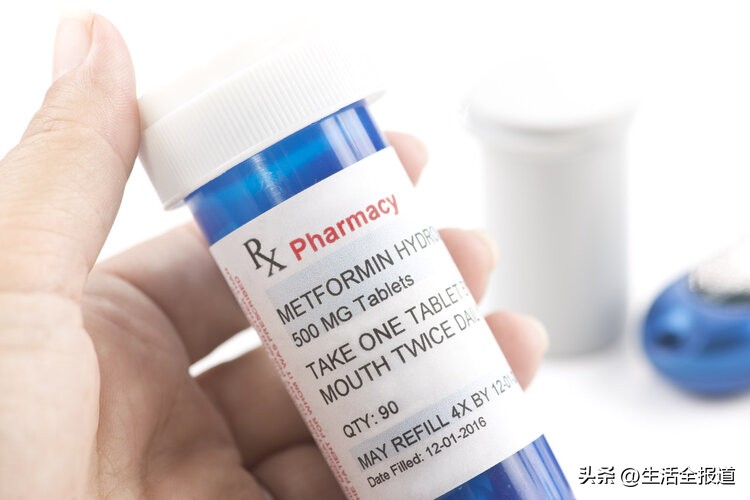
"Cephalexin combined with alcohol, you can go anywhere you want", this widely circulated saying on the Internet is not alarmist. Hidden behind it is an extremely dangerous chemical reaction - disulfiram-like reaction.
Disulfiram was originally a drug used to help people quit drinking. Its working principle is like putting a lock on the "key" of acetaldehyde dehydrogenase in the body. We all know that after drinking, alcohol (ethanol) enters the human body and is first converted into acetaldehyde under the action of alcohol dehydrogenase. Then acetaldehyde is further converted into acetic acid through the action of acetaldehyde dehydrogenase, and finally decomposed into carbon dioxide and water and excreted from the body. When disulfiram is used in combination with ethanol, it inhibits the activity of acetaldehyde dehydrogenase, preventing acetaldehyde from being metabolized smoothly. When acetaldehyde accumulates in large quantities in the body, it will trigger a series of histamine-like reactions, which are also called disulfiram-like reactions.
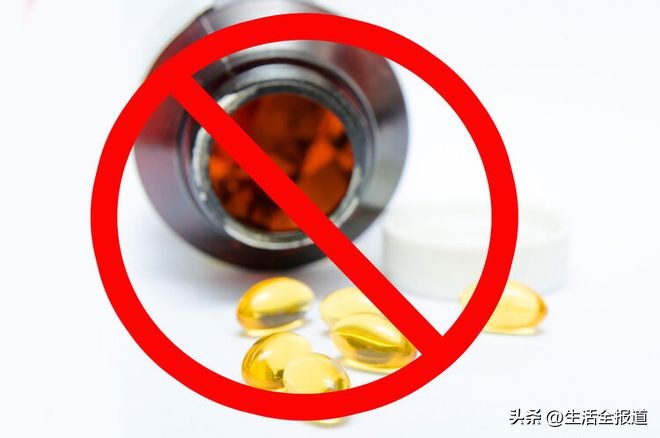
Patients with disulfiram-like reactions have symptoms ranging from mild to severe. Mild cases may cause dizziness and headaches, which are like countless small hammers hitting the head, making it difficult to concentrate; nausea and vomiting, stomach churning, and inability to eat anything; facial flushing, like drinking too much alcohol, with a red face. Severe cases may cause a drop in blood pressure, insufficient blood supply to the body, and insufficient nutrients to various organs; difficulty breathing, every breath is like a struggle, and it feels like there is not enough air; and even heart failure, with life in jeopardy.
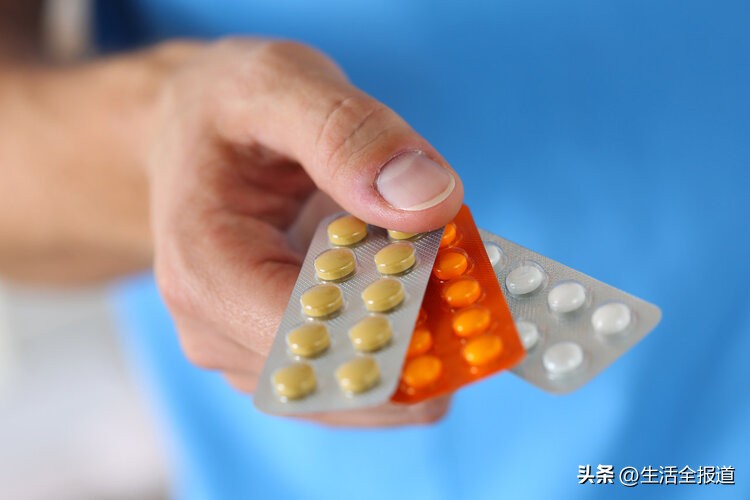
Some cephalosporins have methylthiotetrazolyl groups in their molecular structures, which are similar to the structure of disulfiram. This is like a "fake key" that looks like a real one, but cannot open the lock normally, but will cause trouble. These cephalosporins will also inhibit acetaldehyde dehydrogenase, causing drinkers to have a disulfiram-like reaction.
Qu Jinlong, attending physician of the emergency department of Shanghai Changzheng Hospital, pointed out that among cephalosporins, the most reported disulfiram-like reactions were caused by cefoperazone. In the hospital's case files, many patients had serious disulfiram-like reactions because they drank alcohol after using cefoperazone. In addition to cefoperazone, cefmetazole, ceftriaxone, cefotiam, and latamoxef are also relatively common.
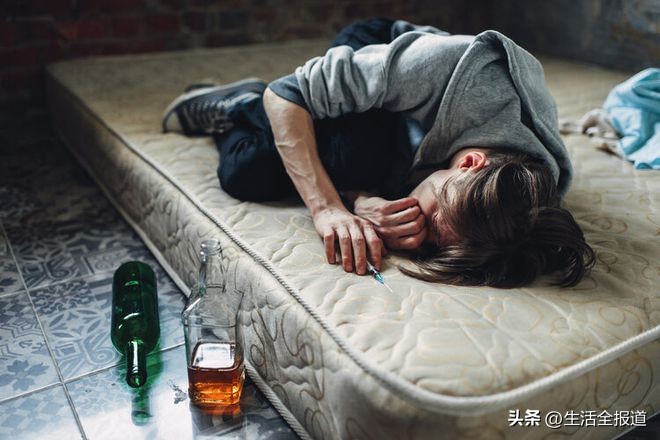
In addition, some drugs that do not contain the above structure, such as cefuroxime, metronidazole, tolbutamide, chlorpropamide, etc., may also cause disulfiram-like reactions. They are like "health killers" hidden in the dark, which may attack our bodies at any time.
Zhou Junshan from the Department of Pharmacy of the Second Hospital of Zhejiang University published an article introducing that disulfiram-like reactions usually occur within 15 minutes to 2 hours after drinking. Imagine that during this period of time, the body is like being caught in a chaotic war, and various discomfort symptoms follow one after another. But it is also possible to react after 3 hours. Clinical data show that the fastest reaction occurs in less than 5 minutes, and the slowest occurs after 24 hours. It's like a time bomb, you never know when it will explode.
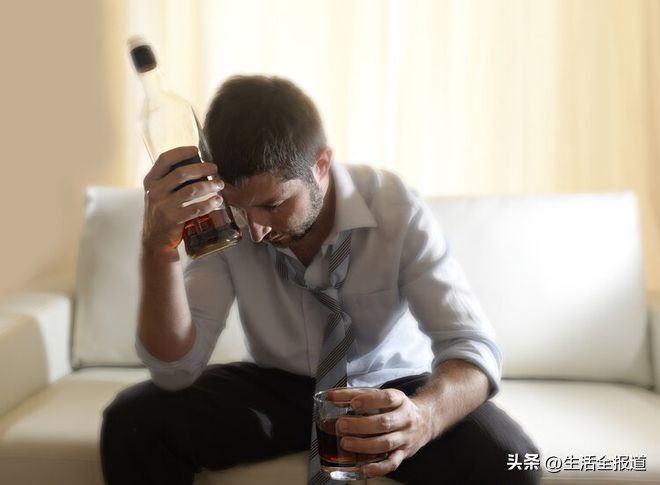
The severity of the reaction is related to the concentration of alcohol and drugs, such as the dosage, drinking speed/volume, and the interval between taking the drug and drinking. Brother Wu suffered serious consequences because he drank alcohol without enough time between taking cefuroxime.
So, how long before or after taking medicine is it safe to drink alcohol? A large number of studies have shown that disulfiram-like reactions occur 3 days before taking the medicine, and there are also cases where reactions occur 8 to 14 days after stopping the medicine. Therefore, it is generally recommended that the safe interval for drinking is 3 days before taking the medicine or at least 9 days after stopping the medicine. Some drugs with a longer half-life require longer abstinence from alcohol. This is like setting a safety line for the body, and we must strictly abide by it.
2. Other deadly drugs that are incompatible with alcohol
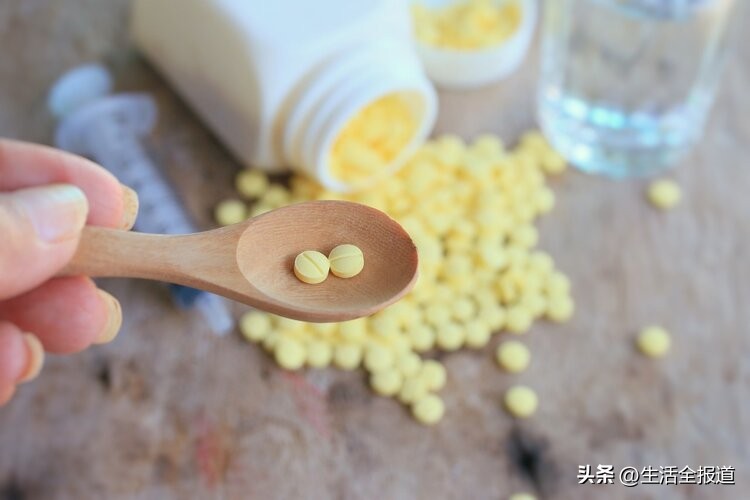
In addition to cephalosporins, there are some other drugs that may cause serious consequences or even endanger life if taken while drinking.
1. Antipyretic and analgesic drugs
Drugs like amoxicillin and paracetamol will "irritate and attack" the gastric mucosa after entering the human body. Alcohol, like an "accomplice", will also damage the gastric mucosa. When the two are used together, it is like a "double blow" on the fragile gastric mucosa, which can easily cause diseases such as gastric ulcers, gastric bleeding and gastritis. Imagine that the gastric mucosa is like a fragile protective film, which is constantly eroded by drugs and alcohol, and eventually becomes riddled with holes and unbearable pain.
2. Antihypertensive drugs
Reserpine, nifedipine, captopril and other antihypertensive drugs work hard to maintain blood pressure in the body, just like diligent "blood pressure regulators". But drinking alcohol while taking the drugs is like messing with the "blood pressure regulator", which can easily cause vasodilation and lead to low blood pressure. Severe cases may lead to shock and death, just like the "balance" of blood pressure suddenly loses balance, with disastrous consequences.
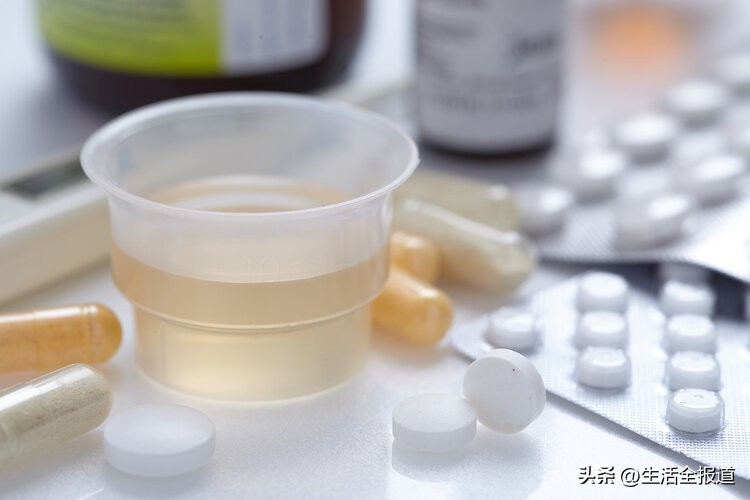
3. Hypoglycemic drugs
Take metformin and other glucose-lowering drugs as an example. They work hard in the body to help regulate blood sugar. However, drinking alcohol while taking the medicine is like setting up obstacles for them, increasing the risk of lactic acidosis and causing patients to experience symptoms such as nausea and weakness. In addition, drinking alcohol can cause liver damage, further increasing the risk of ketoacidosis. It's like the healthy defenses of blood sugar and liver are easily broken by alcohol, and the body is in danger.
4. Anticoagulants
Ethanol is like a "coagulation factor destroyer" that inhibits coagulation factors. Coumarin anticoagulants play an important anticoagulant role in the body. When ethanol meets it, it may increase the effect of the anticoagulant and promote metabolism, leading to serious consequences such as bleeding and thrombosis. It is like the coagulation system in the body is disrupted, and dangerous conditions may occur at any time.
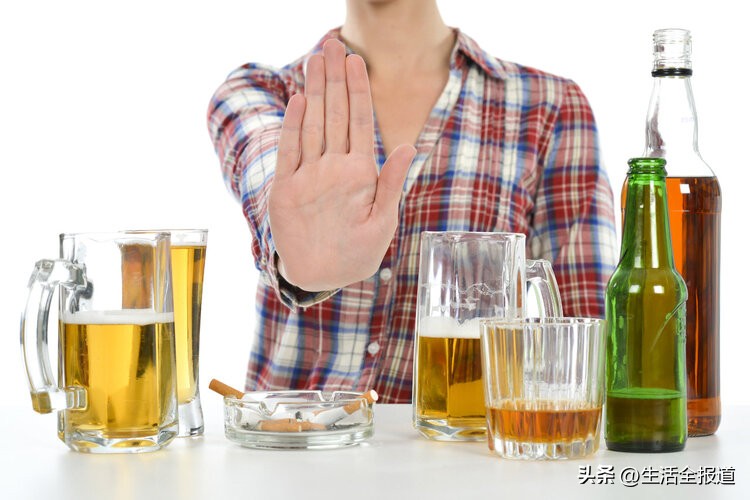
(V) Central nervous system drugs
Sedatives, anti-epileptic drugs, antidepressants, opioid analgesics, etc., these drugs are like "nerve soothers" in the body, helping to regulate the function of the nervous system. But taking drugs and drinking alcohol at the same time is like "adding to the chaos", which can easily cause synergistic effects and even death. Imagine that the nervous system is originally like a sophisticated instrument, and after being interfered with by these two "troublemakers" of drugs and alcohol, it completely loses control, and the consequences are disastrous.
3. Taboo Combination of Drugs and Foods
When taking medication, in addition to not drinking alcohol, you should also pay attention to interactions with certain foods to avoid affecting the efficacy of the medication or causing some unnecessary side effects due to food.
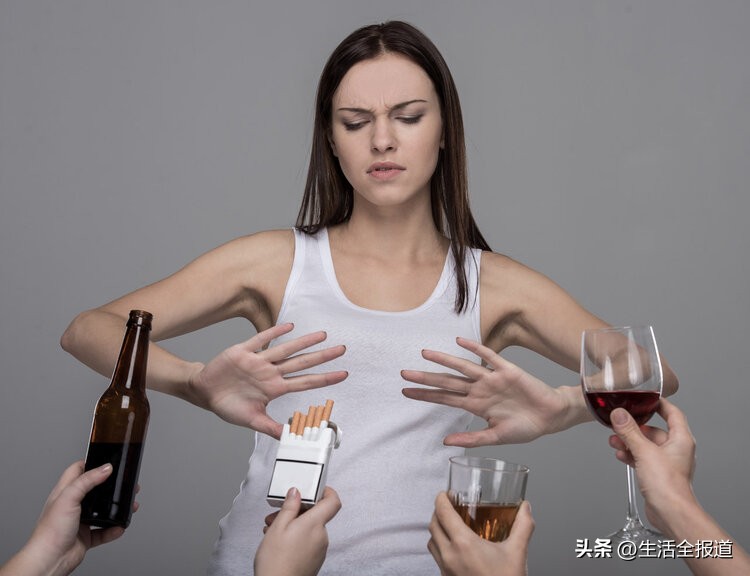
1. Stomach medicine and vinegar
For some people who have a lot of stomach acid and need to take antacids, drinking vinegar is like "going against" the drugs. Antacids are used to neutralize stomach acid, and vinegar is acidic. Drinking vinegar can easily reduce the effectiveness of antacids or even make them ineffective. Imagine that antacids are working hard to reduce the acidity of stomach acid, but vinegar comes out to mess things up, causing stomach acid to increase again, and the efforts of the drugs are wasted.
(II) Antihypertensive drugs and grapefruit
Common antihypertensive drugs are mostly calcium ion blockers, which need to be metabolized by liver digestive enzymes after entering the body. The furanocoumarins in grapefruit foods are like "enzyme inhibitors", which affect the activity of digestive enzymes and easily slow down the metabolism of drugs. If the drug stays in the body for too long and the concentration is too high, it is easy to cause hypotension events. It's like the antihypertensive drug got lost in the body, moving too slowly, and as a result, the blood pressure is lowered too low.
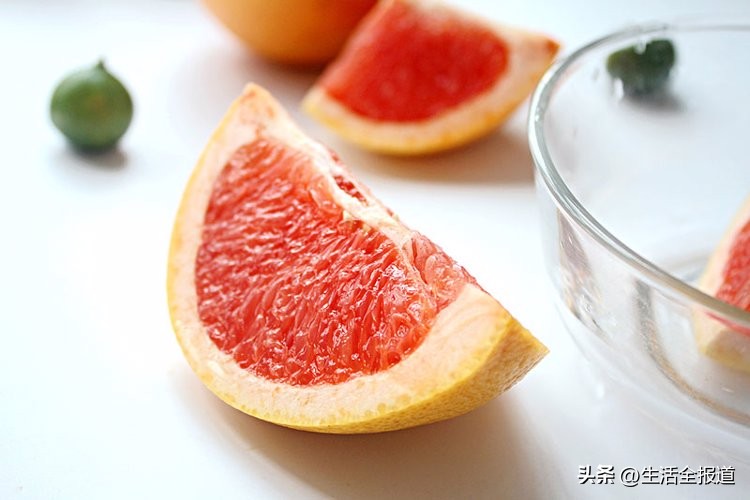
(III) Antidiarrheal drugs and milk
When you have diarrhea, your body's digestive function is weak, and you need to eat some easily absorbed food to replenish energy. But it is not recommended to drink milk after taking antidiarrhea medicine, because the lactose component in milk is like a "drug effect interferer", which will affect the normal efficacy of the medicine and even aggravate diarrhea. It's like milk is holding back on the road to antidiarrhea, making the condition worse.
(IV) Ibuprofen and coffee
Ibuprofen can irritate the gastric mucosa, just like pricking it with a needle. The caffeine in coffee can also irritate the gastric mucosa. The combination of the two is like a "double stimulation" on the gastric mucosa, which may cause gastric bleeding and gastric perforation in severe cases. Imagine that the gastric mucosa is tortured by these two things and finally overwhelmed and seriously damaged.
(V) Berberine and Tea
There are about 10% tannins in tea, which will decompose into tannic acid when entering the body. Tannic acid is like an "alkaloid binder" and will bind to the alkaloids in berberine, reducing the efficacy of the drug. Therefore, it is not recommended to drink tea within 2 hours of taking the medicine. It is like berberine wants to play a role in the body, but it is "bound up" by tannic acid and cannot work normally.
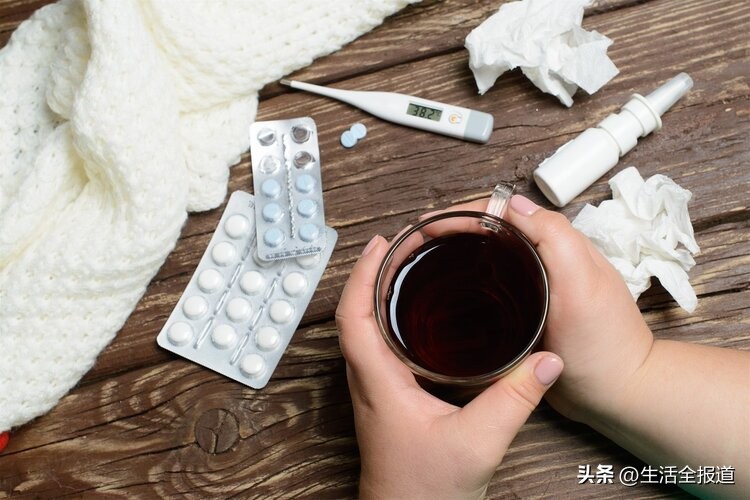
(VI) Sulfonamides and fruit juice
Acidic juice will acidify urine, just like adding acid to urine. The dissolution rate of sulfonamides in acidic urine will decrease, which can easily cause drug crystallization. These crystals are like pebbles, which can damage the kidneys and may cause hematuria. It is like sulfonamides in urine become dangerous "pebbles", messing with the kidneys and causing kidney damage.
The relationship between these drugs, alcohol and food in life is like a complex web. If you are not careful, you may fall into a dangerous situation. Before taking medicine, we must learn more about this knowledge or consult a professional doctor to avoid affecting our health due to improper methods.
-
上一篇
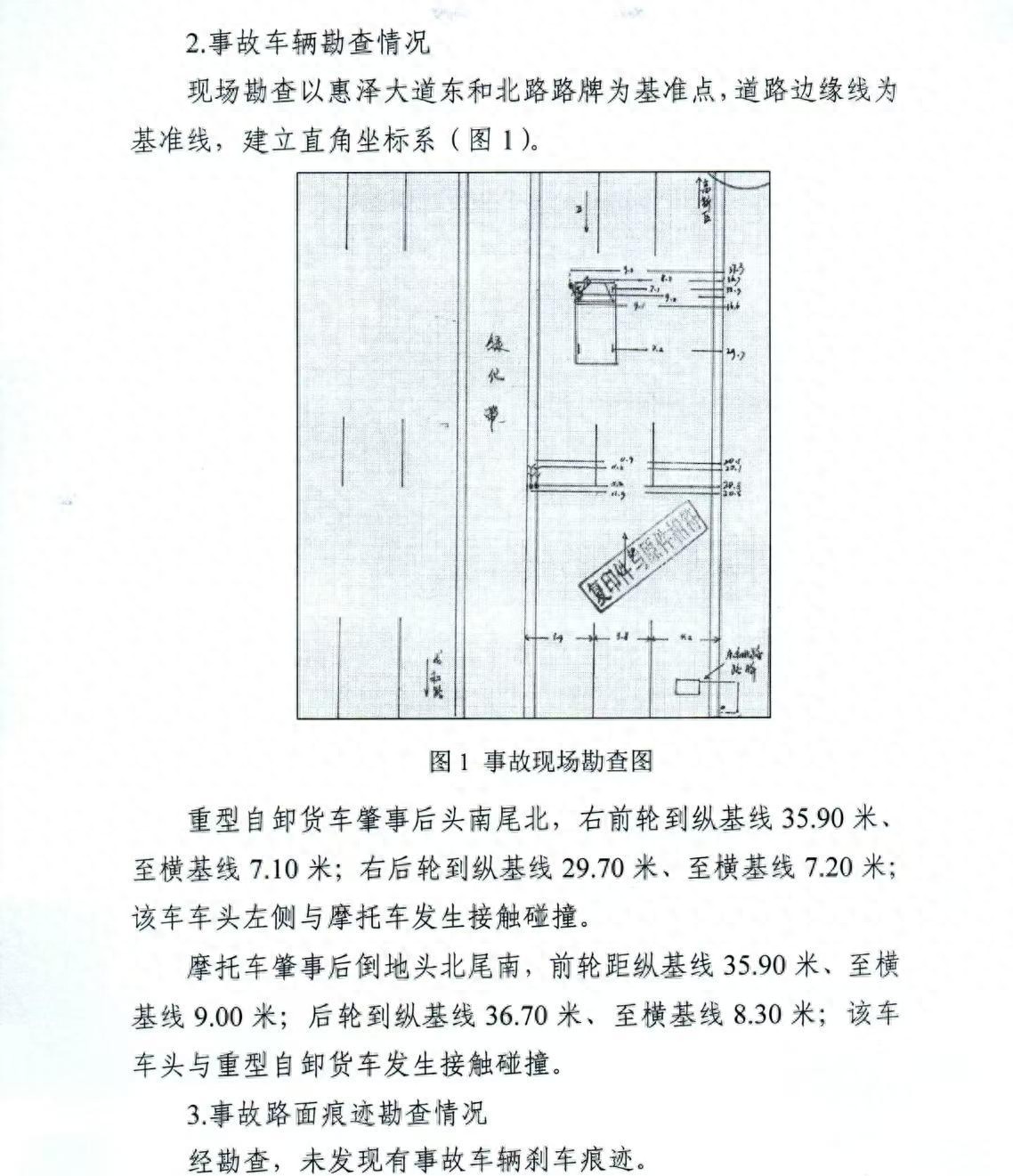
A traffic accident in Huizhou caused 3 deaths, economic losses of 3.98 million, and 29 people were h
Nandu News Reporter Tian Fei Recently, the Huizhou Emergency...
-
下一篇

Which is stronger, the UK or Jiangsu? The UK has 67 million people and a GDP of 3.3 trillion, while
China is going further and further on the road of economic d...
相关文章
- Shanghai and Shenzhen Stock Exchanges release 2025 Spring Festival holiday arrangements
- Trump's impact on steel and iron ore
- The real land of women: men don't marry and women don't marry, they climb through windows at night a
- Evergreen, which once deliberately damaged the national flag and sent US tanks to Taiwan, made tens
- A record high! Gold jewelry in gold shops exceeds 830 yuan per gram, and consumers say they can't af
- The Central Meteorological Observatory issued a yellow warning for cold waves and heavy snow
- CITIC Securities PV Investment Strategy for 2025: It is expected that the industry chain volume and
- Top 10 predictions for the US-China economy and investment in 2025
- Shandong plans to implement 17,293 projects with a total investment of 100 million yuan or more in 2
- Ask 2025 - China's GDP growth target is expected to be set at around 5%, and consumption and investm




